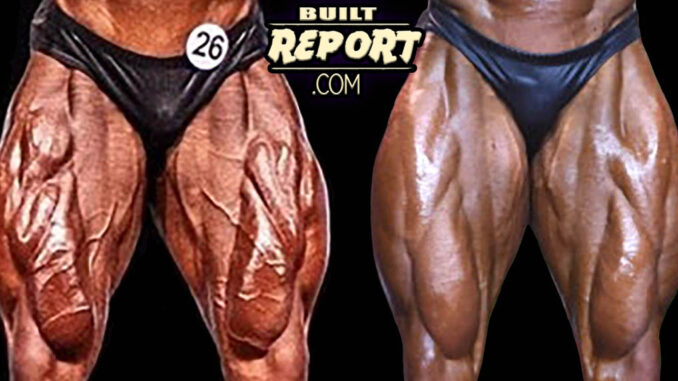
Transcript
Starting off with Kalecinski’s and Bumstead’s basic leg structure, they both have long legs with good proportions, their femurs are in good proportion to their lower leg bones. If you look at a bodybuilder like Lee Labrada, who was regarded as having good proportions, that would depend on what you meant by proportions because his legs were disproportionately shorter than his upper body and his head was bigger in proportion to the rest of his body, as if he stopped growing at a young age before his full height was realized. The sport of bodybuilding overlooks certain structural flaws that, if people could do something about them, like making disproportionately short calf bones longer, or long torsos shorter, or vice versa, people’s awareness of structure would skyrocket and judges would start judging proportions differently.
Bumstead appears to have injured one of his quads. He had another injury recently on his hamstrings which created an isolated bump. There’s a fine line that has to be wisely maneuvered between heavy training giving you the results you seek, or making you look worse in some regards, like the torn biceps that effectively ended Tom Platz’s rapid ascent in the early 1980s. Bumstead has long teardrop shaped vastus medialus but they appear a bit gnarled when compared to Kalecinski. Chris’s right rectus femorus is deformed in some fashion, possibly the result of an injury. If you flip the left quads onto the right you can see the difference clearly. Bumstead also has the type of rectus femorus that separates the vastus medialis and the vastus lateralis all the way down towards the knee.
In this photo of Kalecinski, his rectus femorus doesn’t split the inner and outer lower quads down to the knee. There’s a couple inches where the medial and lateral quads meet, above the knee. In that regard, Urs has a similar quad structure to Arnold Schwarzenegger, Sergio Oliva, Frank Zane and many others. Big Ramy and Franco Columbu have rectus femoris similar to Bumstead, splitting the lateral and medial heads all the way down, near the knees.
Related in proximity to the quads, are the sartorius and adductor muscles. Both Bumstead and Kalecinski have great separation in the sartorius and adductor muscles, and not an over development of the adductor muscles, which some bodybuilders compound by lacking enough sartorius and adductor separation. In this image of Tom Platz, you can see the three dimensionality of the muscles outside of his quadriceps. Even though overdeveloping the inner thigh can look non-aesthetic, if not awkward, Platz split up his large inner thigh mass with separation. Bumstead and Kalcinski have the separation, but along with less cumbersome looking inner thigh muscles.
Overall, Kalecinski has more aesthetic looking quads, along with smaller knees which make his already exceptional calves appear to flare even more. The same effect can be said of the quad muscles in relation to smaller knees.
Before we end on a morph, if you were trying to understand quad anatomy as an artist, one of the things you might do is memorize a basic template of the quads that’s easy to remember. In this morph between Kalcinski and Bumstead, Kalcinski’s quads are much easier to understand. The three quad muscles visible on the surface look like hundreds of quads you’ve seen before. Bumstead’s, on the other hand, especially with his right rectus femoris anomaly, would be confusing to memorize as a template, because their shape is contrary to the type of classic quad development you’ve seen in many top bodybuilders. Bumstead’s overall structure, his wide shoulders, narrow waist, long legs, his height, and overall appearance, however, are a winning combination.
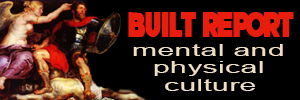
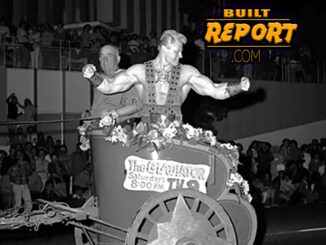
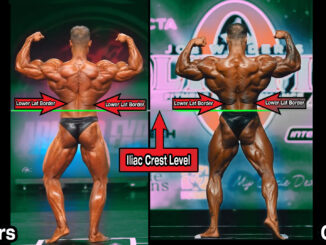
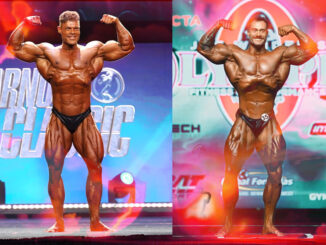
Be the first to comment